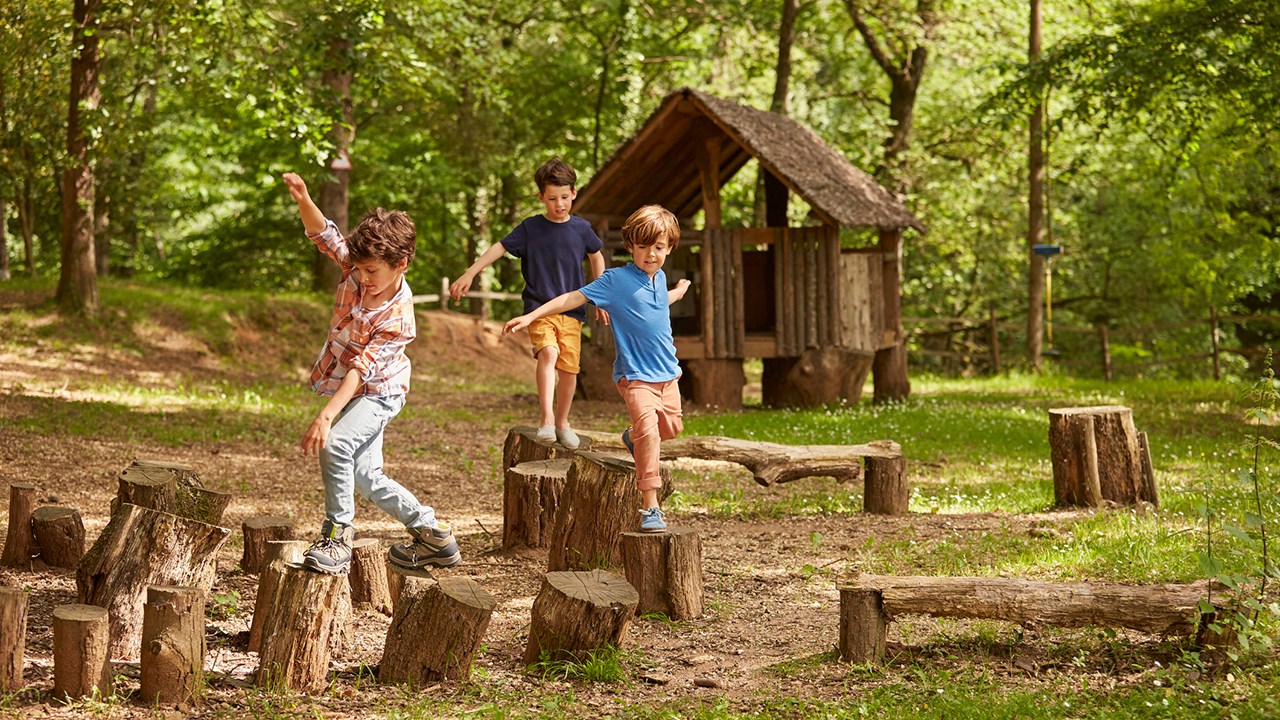Active travel needs community planning to make a difference
Cycling or walking will only be taken up by individuals and communities if it is easy to do and enabled by community planning, a panel of health and architecture experts told a webinar audience on 18 May.
The launch of an updated version of ‘Active Design’, with ‘Activity for All’ as its foundational principle, marked the occasion for the webinar from Sport England and Active Travel England.
While focused on enabling active travel, the guide also emphasises the importance of open-space planning, co-location of community services and developing infrastructure in sync with encouraging everyday activity and continuous use. The latest version of ‘Active Design’ is the third iteration.
“It’s only going to work if you make it easy,” said former British racing cyclist Chris Boardman MBE, Sport England chair and national Active Travel commissioner.
Speaking with local children can open the eyes of planners and architects to what both needs and possibilities are, suggested panellist Dinah Bornat of ZCD Architects.
“Ask children what it’s like to play outside, what do they like to do, and what will give them the freedom to play as long as they can and what we can do to make it better for them,” Bornat said. “We should be talking to people; it should be mandatory.”
Unfortunately, much planning around revamping facilities and community centres results in “a bit of gloss on the same old, same old”, said fellow panellist Julia Foster of architecture firm David Lock Associates.
She urged that putting activity at the core of regeneration and sustainable place-making should be “standard practice”. Many adaptations don’t have to cost significant sums of money, she added.
“Think about how people live,” Foster urged. She gave the example of paths being created in green spaces by local facilities so that parents waiting for children to complete an activity can “get out [of the car] and take a walk” instead of “playing a half hour of Candy Crush”.
From the beginning, new or improved spaces must be planned for continuous use by a variety of activities, urged panellist James Scott of firm Urban & Civic. The key is visibility, he said.
For instance, to promote area-wide bicycling or walking that all ages and abilities can use, benches should be installed at points along the path so that people with mobility issues know immediately that they can regularly stop to rest.
Also, Scott said, playgrounds can be designed to accommodate use by people of all ages with swings of different sizes, for instance.
The 90-minute session with all panellists urging the wide circulation of the new ‘Active Travel’ guide to engage constituents in adapting their mindsets. Said Bornat: “It would be nice if we could quit going to Holland every time to see what good looks like.”


